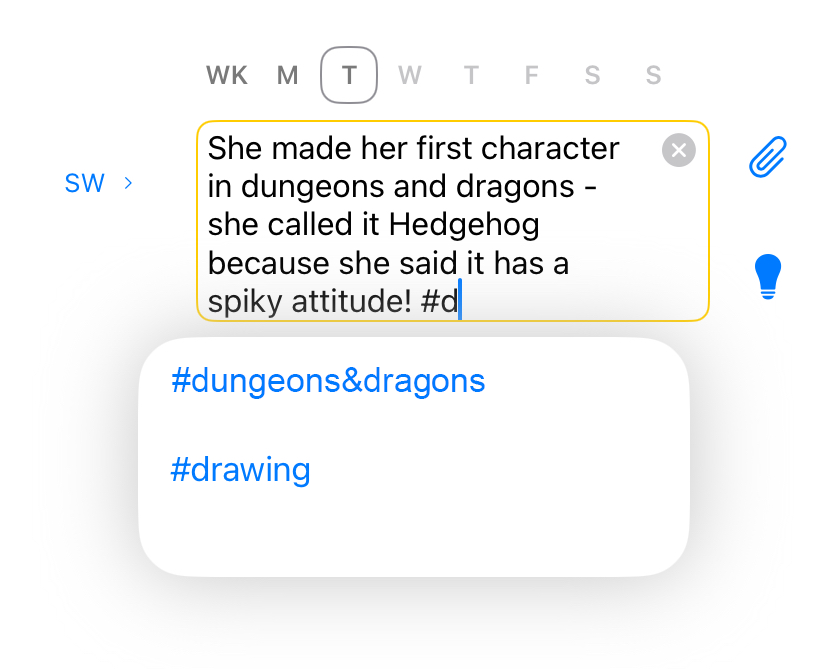
This is often a key point in separating out families which are genuinely providing a suitable education at home from those who are not, because the latter often cannot demonstrate satisfactory content or measurement of progress.
Elective home education: departmental guidance for local authorities
There are no legal requirements for you as parents educating a child at home to do any of the following:
- formally assess progress, or set development objectives
Elective home education: guide for parents
As home educators many of us have to deal with our local authorities. The first quote is taken from guidance to local authorities and the second is from their guidance to parents. However we feel about this, the department of education is telling local authorities that a key point is ‘the measurement of progress’ and they are telling parents they do not need to ‘formally assess progress’. So as home educators we’re left to work out what exactly they do want, how we measure it, and what exactly our child is supposed to be progressing in?
A good start is to understand that what our child is progressing in is the educational provision we’re providing
In order to progress we have to establish what it is we’re trying to achieve; what we’re trying to achieve is laid out in our ‘philosophy of education’. If you’re not sure what this is then have a look at our educational philosophy post. If your educational philosophy states that you believe that following the national curriculum is the best way to educate your child then your journal should reflect this. If on the other hand you believe that your child will learn best through lived experiences within the community then again your journal will show how this is being done. Whatever your philosophy is, if you’re keeping a journal to evidence it then your journal should reflect it.
However, this is the doing part of the report and shows that you’re providing a wonderful full-time education in line with your philosophy. This is a great start but as the quote from the D of E shows, the local authority will also want to see that your child is progressing. As home educators we have to keep in mind that most local authorities have a school based model of education in mind and that for them the way you show progress is to do a test, this is why it’s so helpful that in the guidance to parents the D of E specifically say that we do not have to formally assess progress. If formal assessment forms part of your philosophy of education then all you will need to do is record these tests in your journal and, if your child has made progress, you can mark the entry using the progress button. But a test is, as it’s name implies, just a test – it isn’t actually progress – it is just one way of finding out if progress has actually happened.
This is where home education is so much easier than class room based education. You know your child and, because the vast majority of interactions are one to one, it’s incredibly easy for you to assess your child’s progress as it happens. We do this entirely naturally from the moment our children are born. While you can indeed ‘test’ you toddler’s ability to walk you don’t actually need to because you spend everyday with your toddler and you know perfectly well how well their walking is progressing. The truth is schools can only dream of this level of one to one interaction – schools test because if they don’t they have no idea what progress the children are making. Home educators have many more options. They can test if they want to or they can simply make a note of when they see the progress happening
So if we bring this back to your toddler learning to walk, if your toddler takes their first step then this is clearly progress, if they take two steps then this is also progress; ultimately when they’ve mastered walking and they start running or jumping then this is also progress. It’s important to note that as a parent you don’t need to be testing this to know it’s happening. When we come to education the same is true. If you do some cooking with your child and they do something they haven’t done before, say correctly measure a quantity, then this is actual progress happening.

Whether you prefer to assess progress through testing or through your own assessment or a mix of both the important thing is to record when progress has actually been made. In the EHEapp this is as simple as marking any journal entry as progress by clicking the progress light bulb icon.
If your child acquires any new level of skill at any aspect of your educational philosophy then that is progress – getting six apples in a shop, learning the formula for quadratic equations, tying their shoelaces, writing a letter, holding the dog lead, teaching the dog a trick – if doing these things represents progress and accords with your educational philosophy then note them in your journal and click the progress button.
